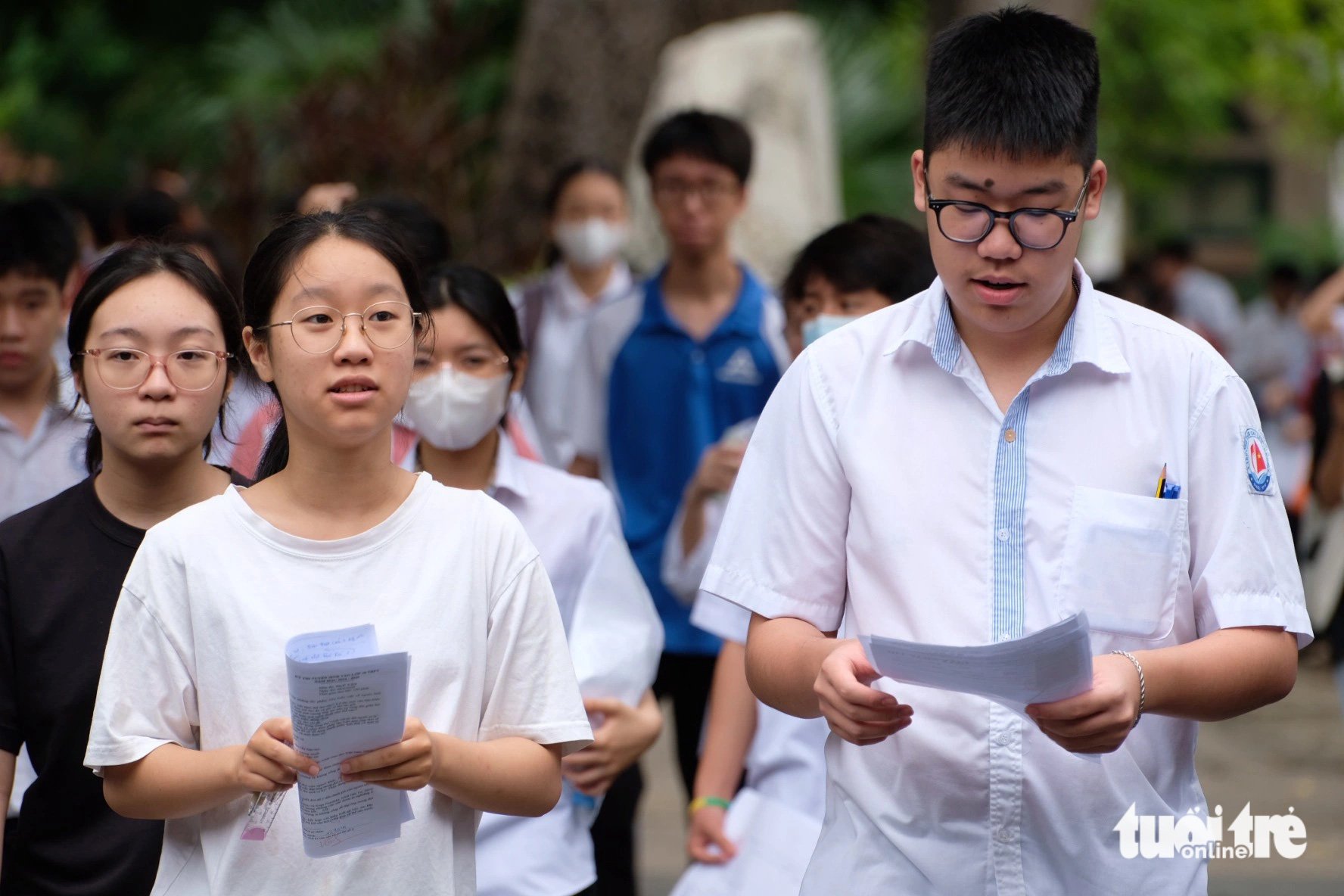
Candidates taking the 10th grade entrance exam in 2024 in Hanoi - Photo: NGUYEN BAO
On August 12, the Party Central Committee issued Conclusion No. 91-KL/TW of the Politburo to continue implementing Resolution No. 29-NQ/TW, dated November 4, 2013 of the Party Central Committee, 11th tenure, on fundamental and comprehensive innovation of education and training, meeting the requirements of industrialization and modernization in the context of a socialist-oriented market economy and international integration.
After 10 years of implementing resolution 29
The conclusion stated that after 10 years of implementing Resolution 29, education and training in our country have achieved many important results. The whole country has completed universal preschool education for 5-year-old children, firmly maintained and gradually improved the quality of universal primary and secondary education.
With general education shifting positively from mainly equipping knowledge to comprehensively developing learners' qualities and capacities, the quality of mass and spearhead general education is increasingly improved.
Continuing education is diversified in content and form. Movements to compete in learning, encourage learning, encourage talents, and build a learning society are implemented with attention.
Vocational education has grown strongly in quantity and focused on improving quality step by step to better meet the needs of the labor market.
Continuing innovation in higher education, combined with increased autonomy, has created new momentum and strong changes in quality and efficiency in human resource training and scientific research.
The number of training programs accredited and published internationally has increased sharply, and a number of higher education institutions and training groups are highly ranked in the region and the world.
Teaching and learning methods, testing, and assessment of educational quality have been innovated in a modern direction, becoming increasingly more practical and effective.
The team of teachers and basic education managers has been standardized, gradually ensuring the quantity. Facilities and teaching equipment have been improved, initially meeting the requirements of educational and training innovation.
Limited, inadequate
In conclusion, in addition to the achieved results, the implementation of Resolution 29 still has some limitations and shortcomings; the institutionalization of some contents of the resolution into policies and laws serving the innovation of education and training, and the planning of the network of higher education institutions is slow to be promulgated.
The implementation of autonomy in educational and training institutions, the implementation of new general education programs and textbooks still faces many difficulties. The connection between educational levels, training levels, and student streaming after junior high school are still inadequate.
Vocational education and university education are not really linked to the labor market, failing to meet the human resource requirements for new economic sectors and high technology. Foreign language proficiency, including English, of trained workers is still low, failing to meet the requirements of international integration.
The rate of postgraduate study, especially in basic sciences, engineering and technology, is still low. The structure and quantity of teaching staff in many localities is not reasonable, and the quality is uneven. Financial policies and mechanisms for education are still inadequate.
The rate of unconsolidated classrooms is still high, and facilities and teaching equipment are lacking, especially in mountainous areas, industrial zones, and densely populated areas.
Some targets set out in the resolution have not been completed; communication work on education and training innovation, socialization of education, and the effectiveness and efficiency of state management of education and training still has limitations, and has not attracted many non-state resources to invest in education...
The Politburo requested Party committees at all levels, authorities, the Vietnam Fatherland Front and socio-political organizations to continue to thoroughly grasp and seriously and effectively implement the viewpoints, goals, tasks and solutions stated in Resolution 29-NQ/TW, the Resolution of the 13th National Congress and other Party resolutions on education and training; at the same time, focus on implementing well the 9 key tasks stated in the conclusion.
See the conclusion on continuing to implement Resolution 29-NQ/TW of the Party Central Committee on fundamental and comprehensive innovation of education and training here.
Source: https://tuoitre.vn/doi-moi-can-ban-toan-dien-giao-duc-va-dao-tao-con-han-che-bat-cap-20240814213020916.htm


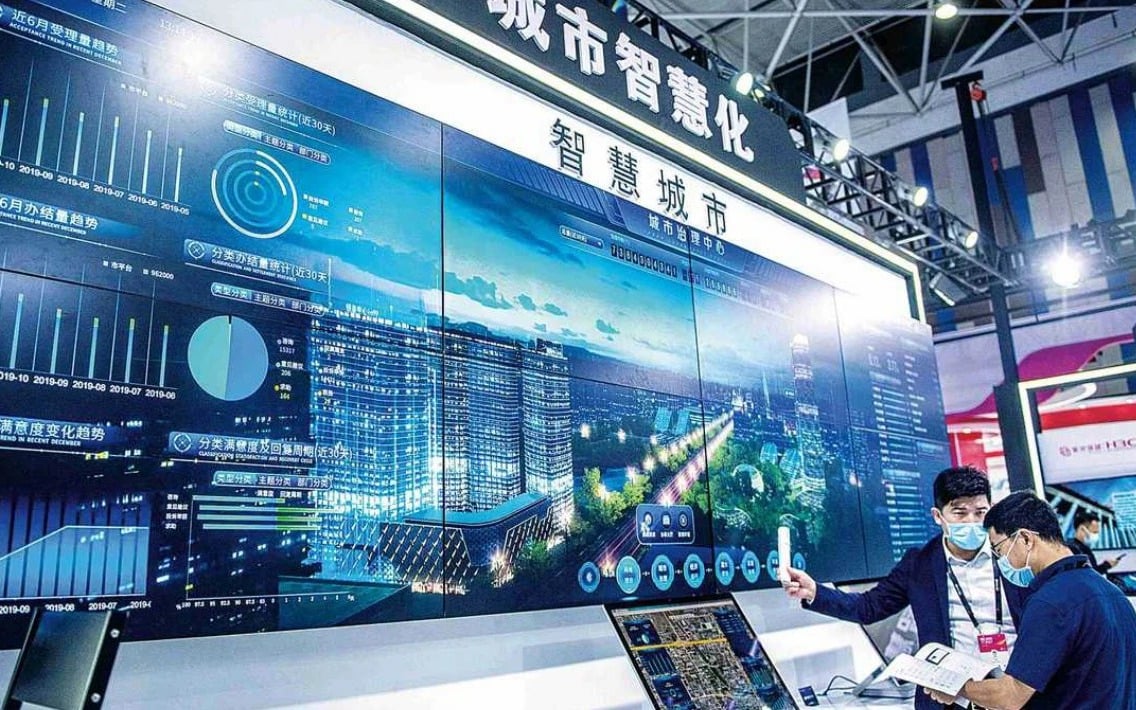
![[Photo] Bustling construction at key national traffic construction sites](https://vstatic.vietnam.vn/vietnam/resource/IMAGE/2025/5/2/a99d56a8d6774aeab19bfccd372dc3e9)

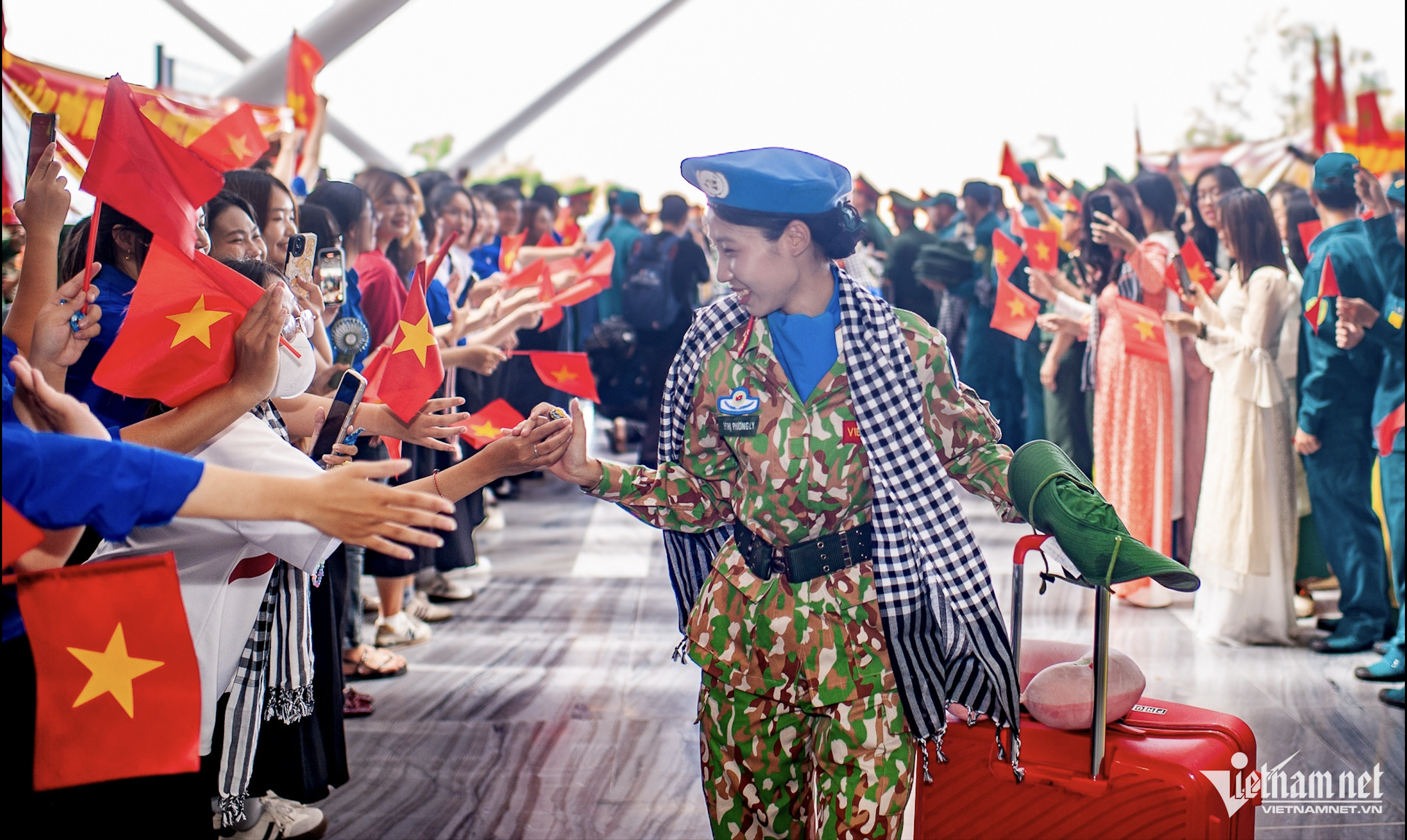
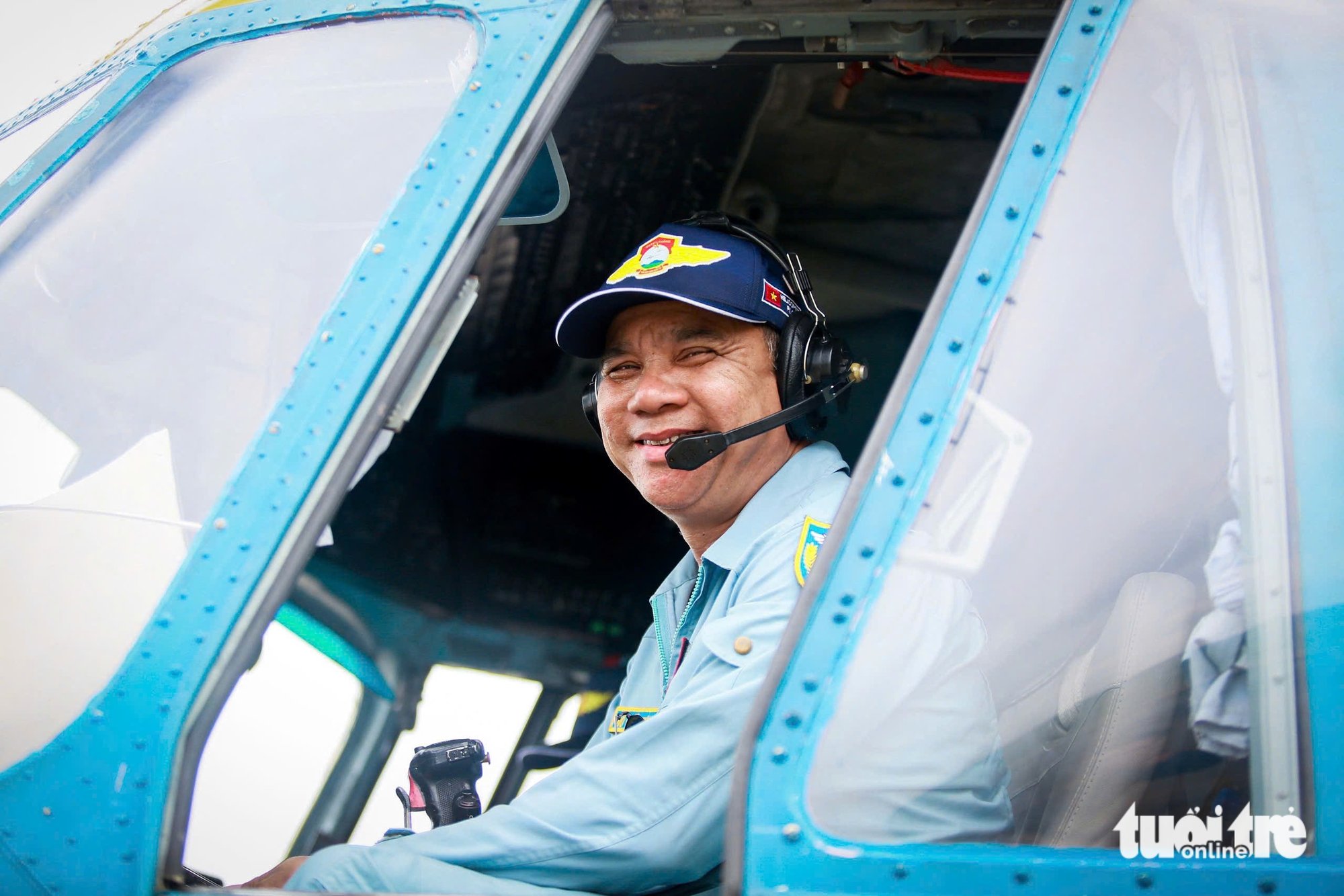

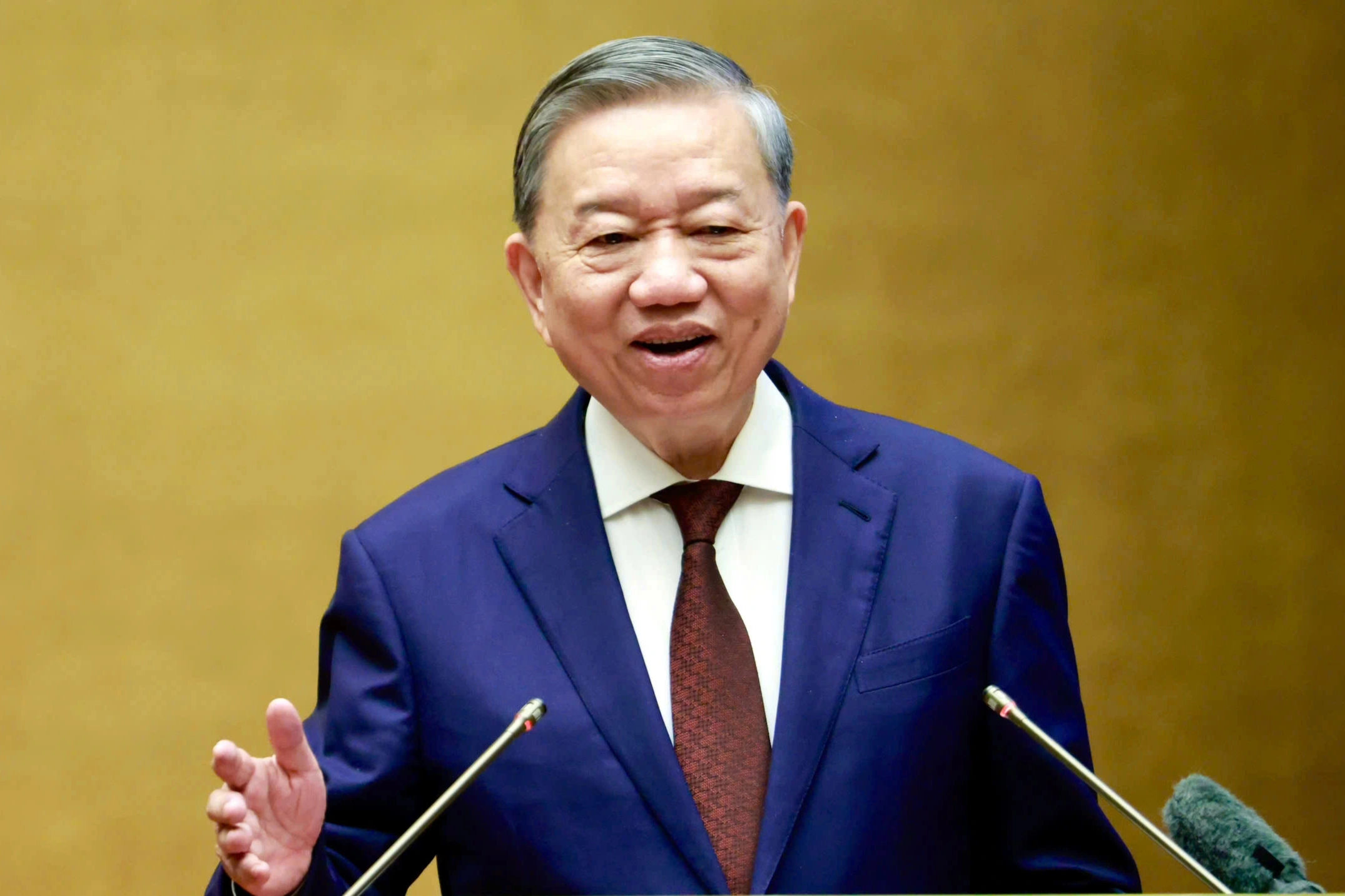



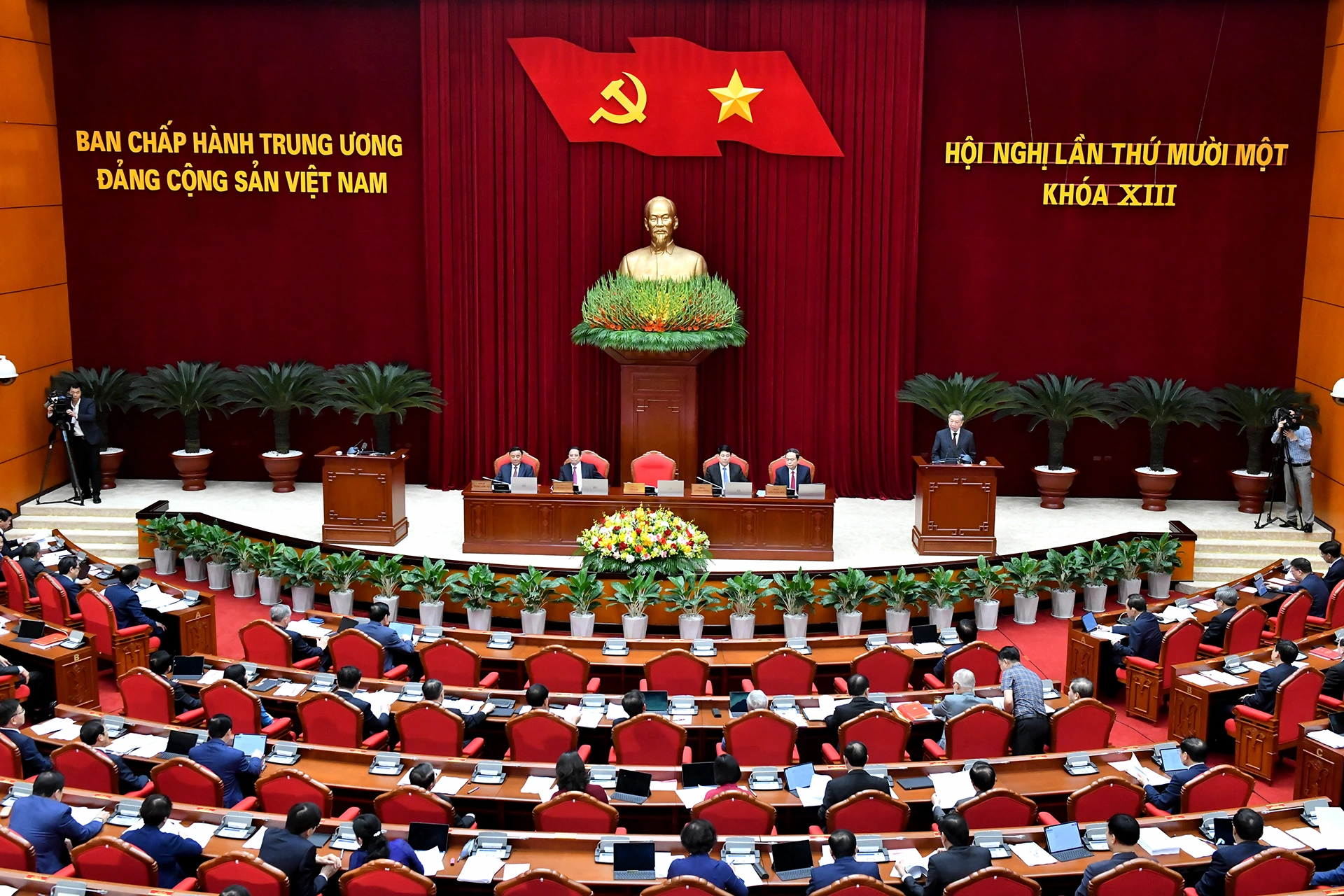

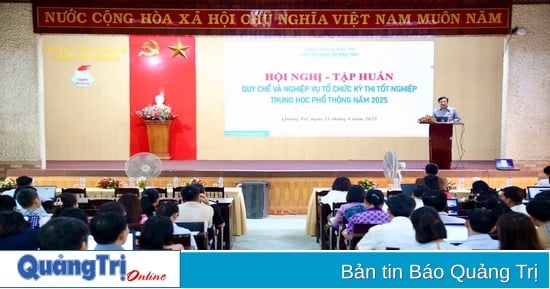
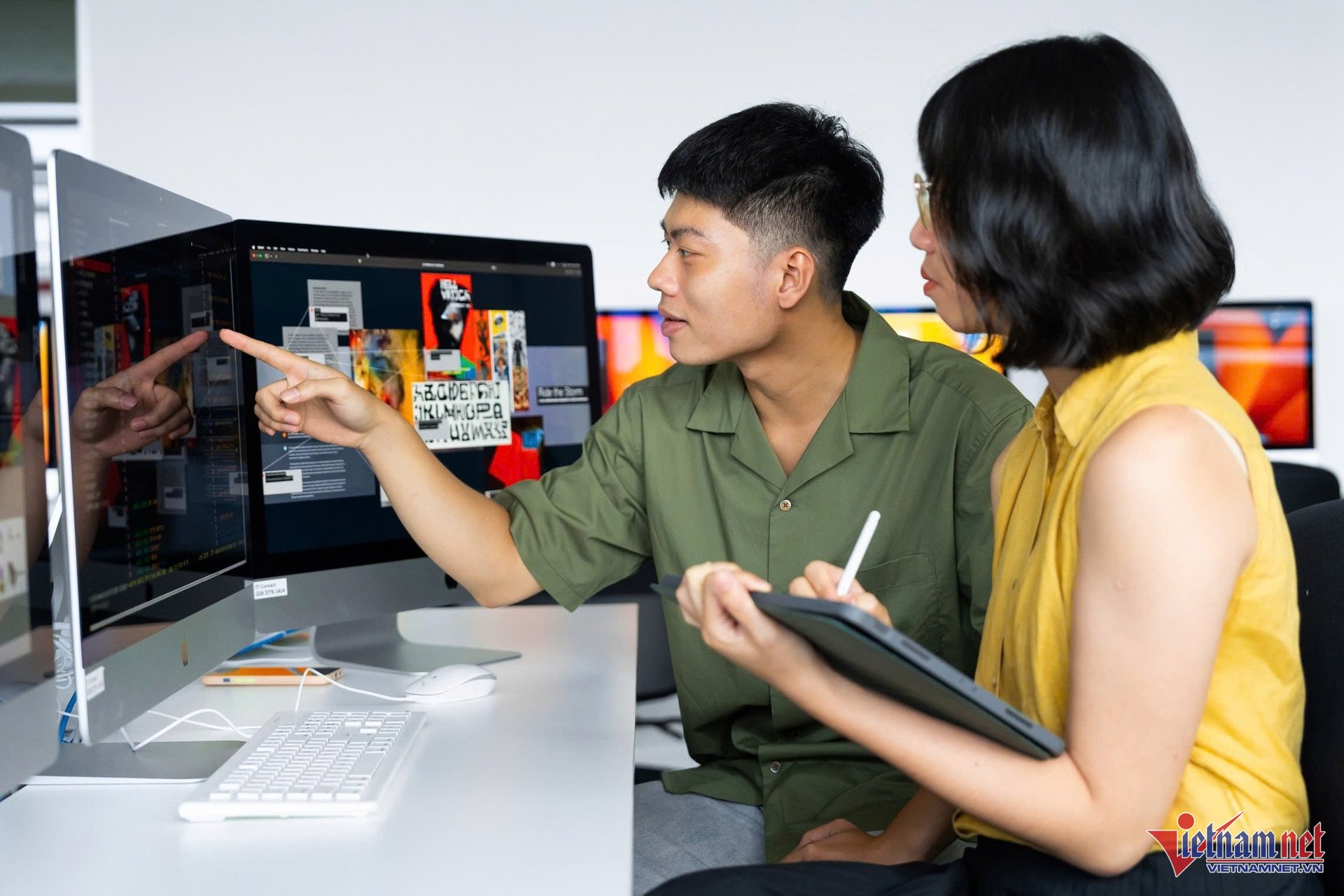

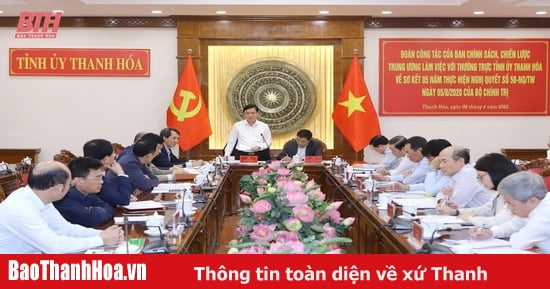

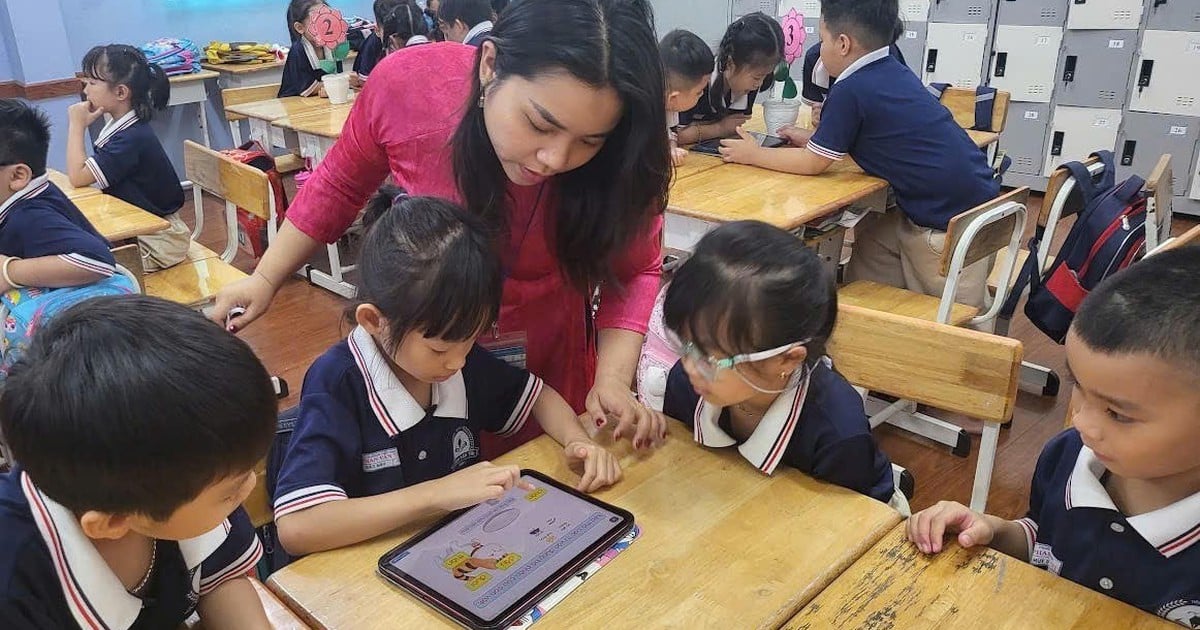
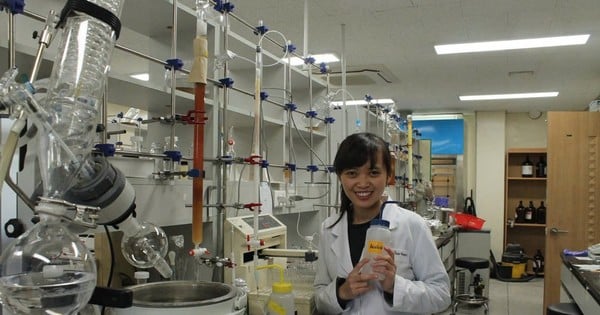
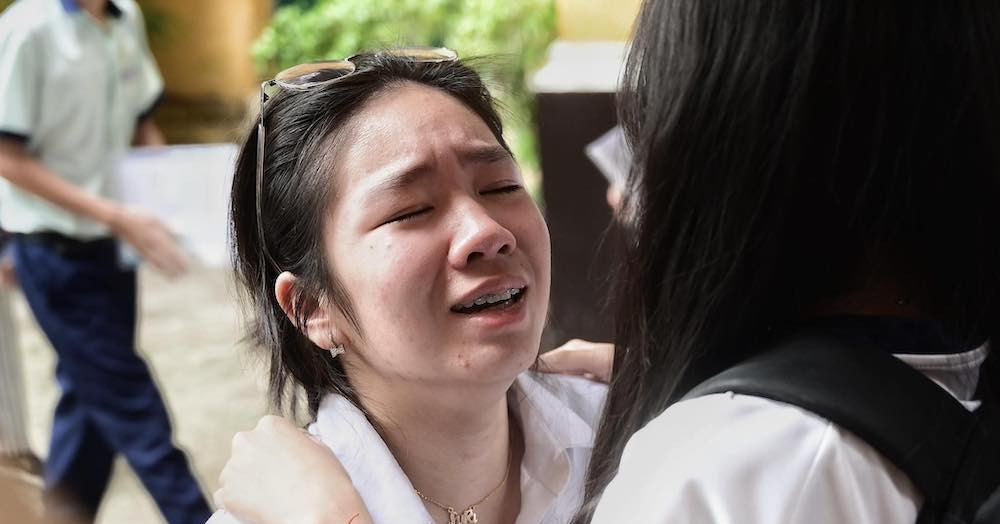
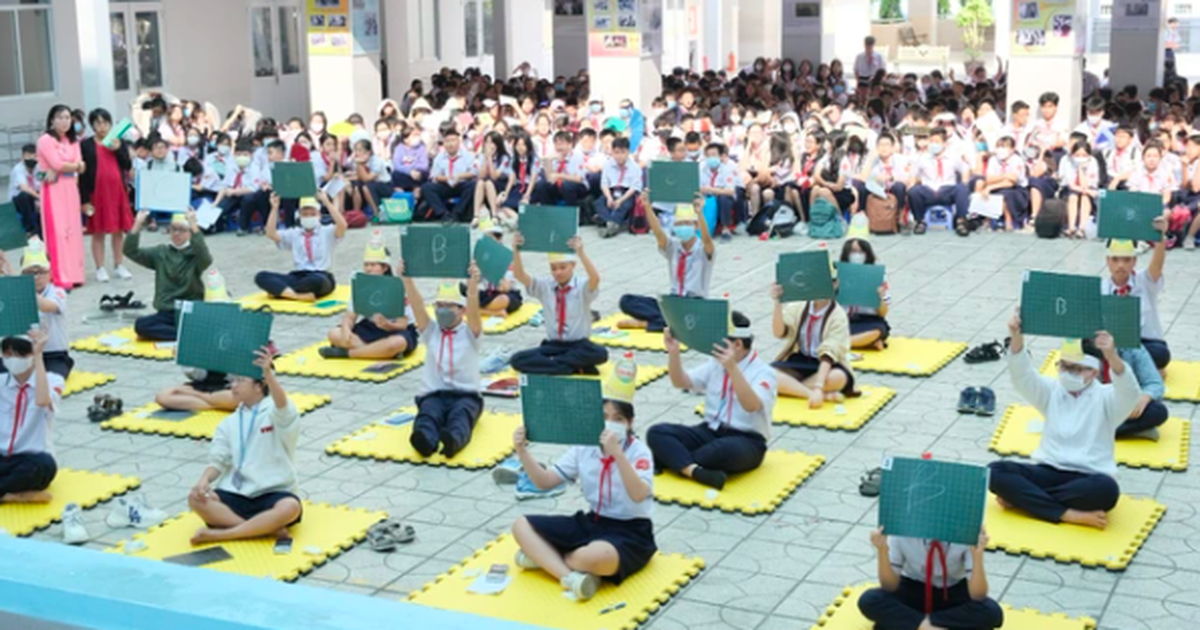

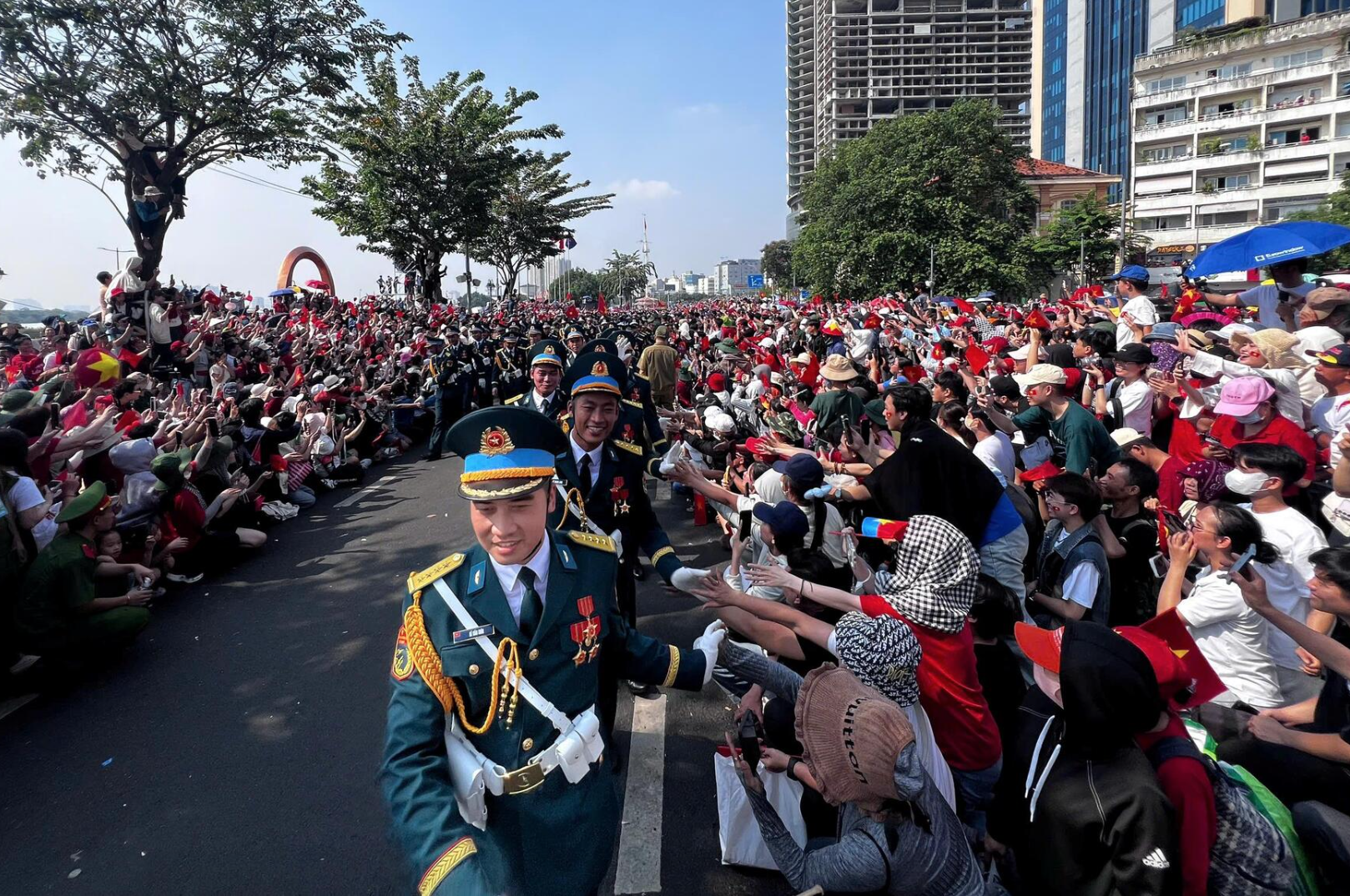


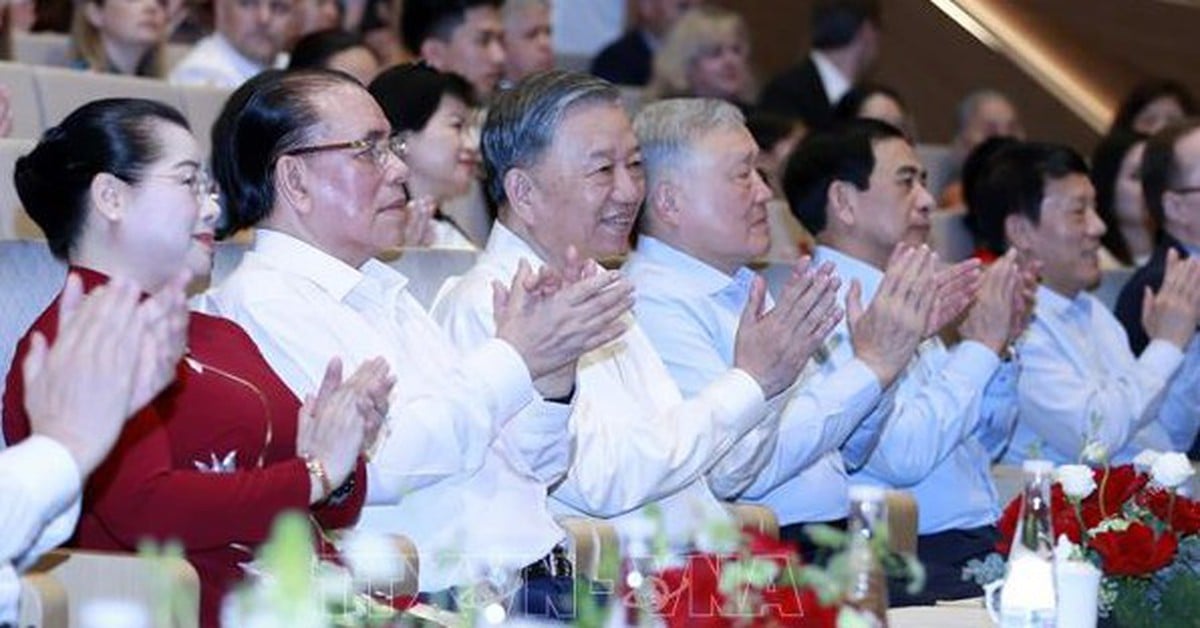
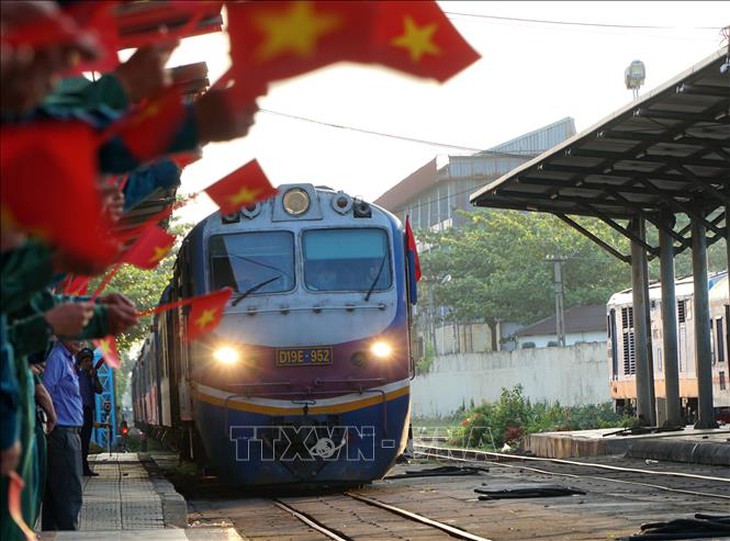

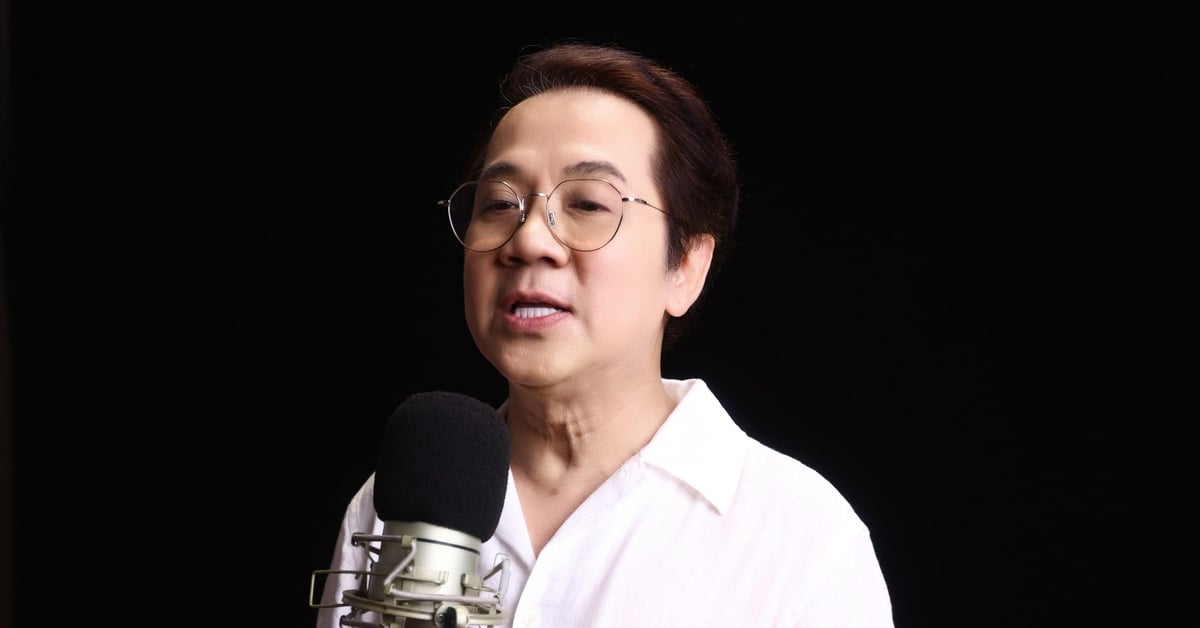


![[Photo] "Lovely" moments on the 30/4 holiday](https://vstatic.vietnam.vn/vietnam/resource/IMAGE/2025/5/1/26d5d698f36b498287397db9e2f9d16c)
![[Photo] Binh Thuan organizes many special festivals on the occasion of April 30 and May 1](https://vstatic.vietnam.vn/vietnam/resource/IMAGE/2025/5/1/5180af1d979642468ef6a3a9755d8d51)


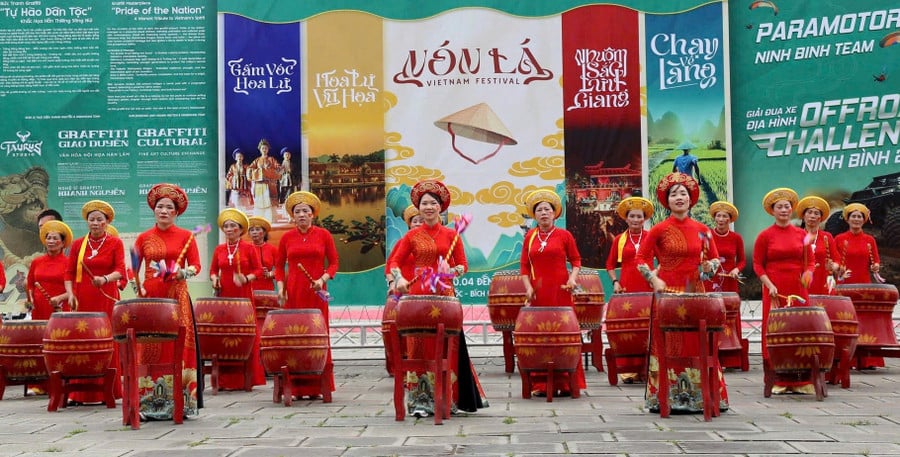

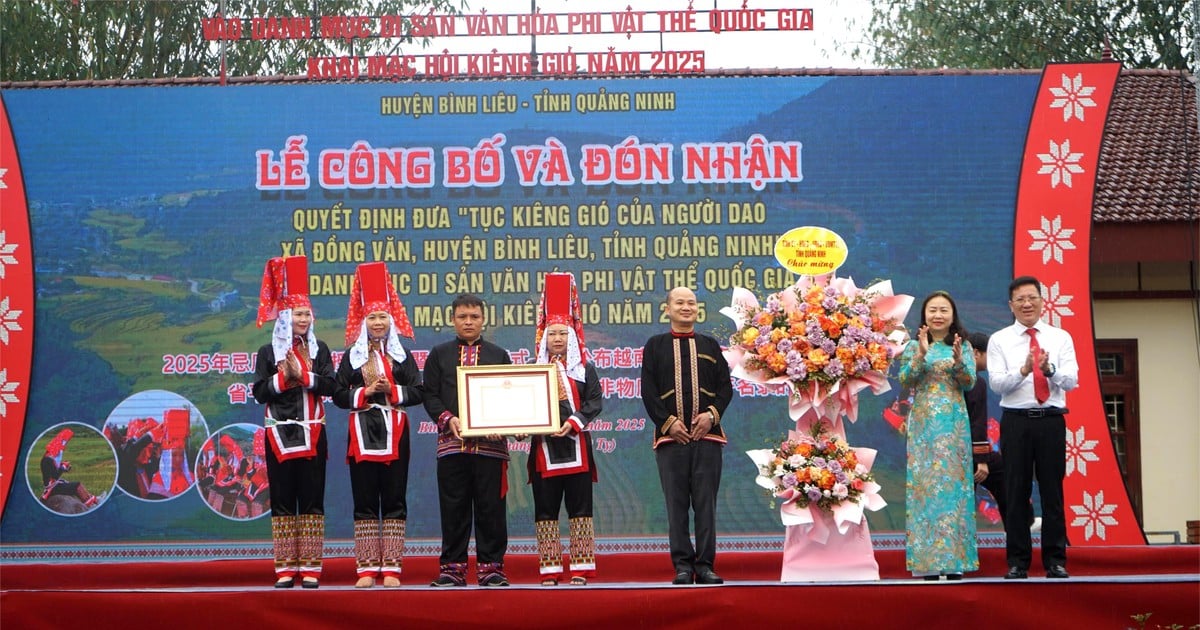





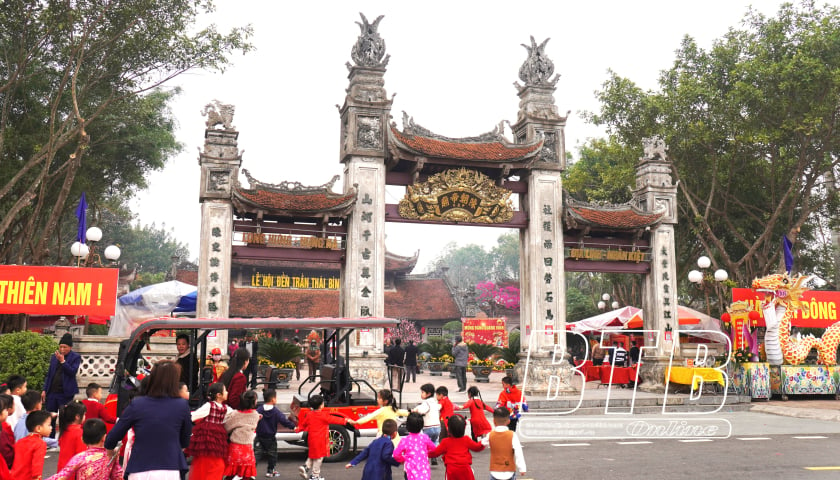

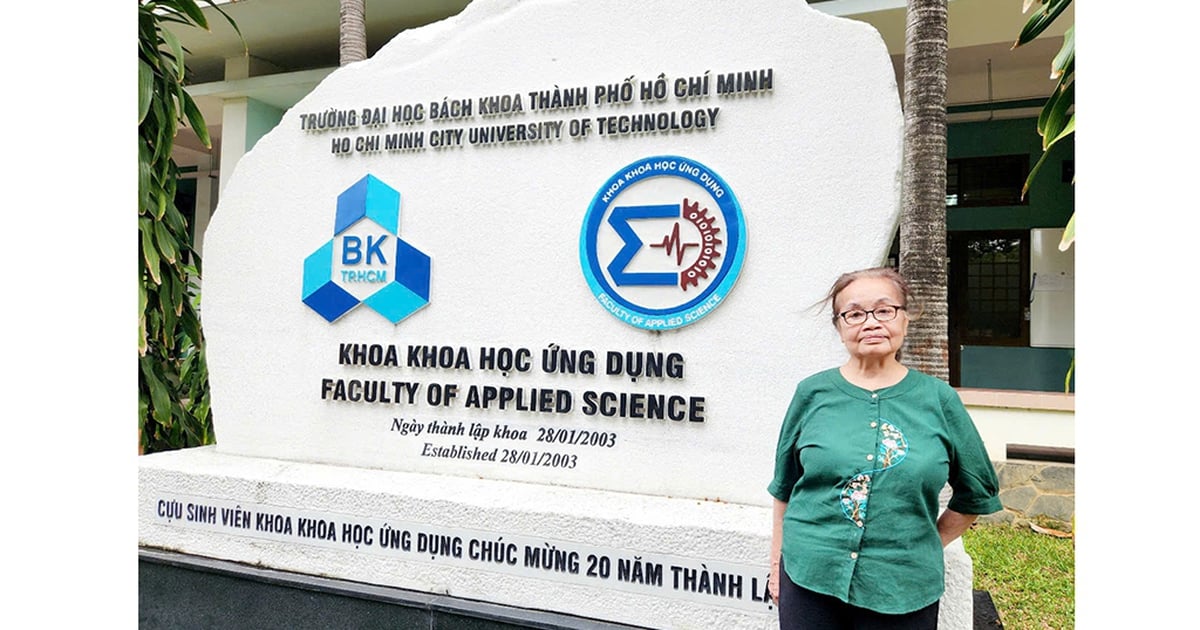
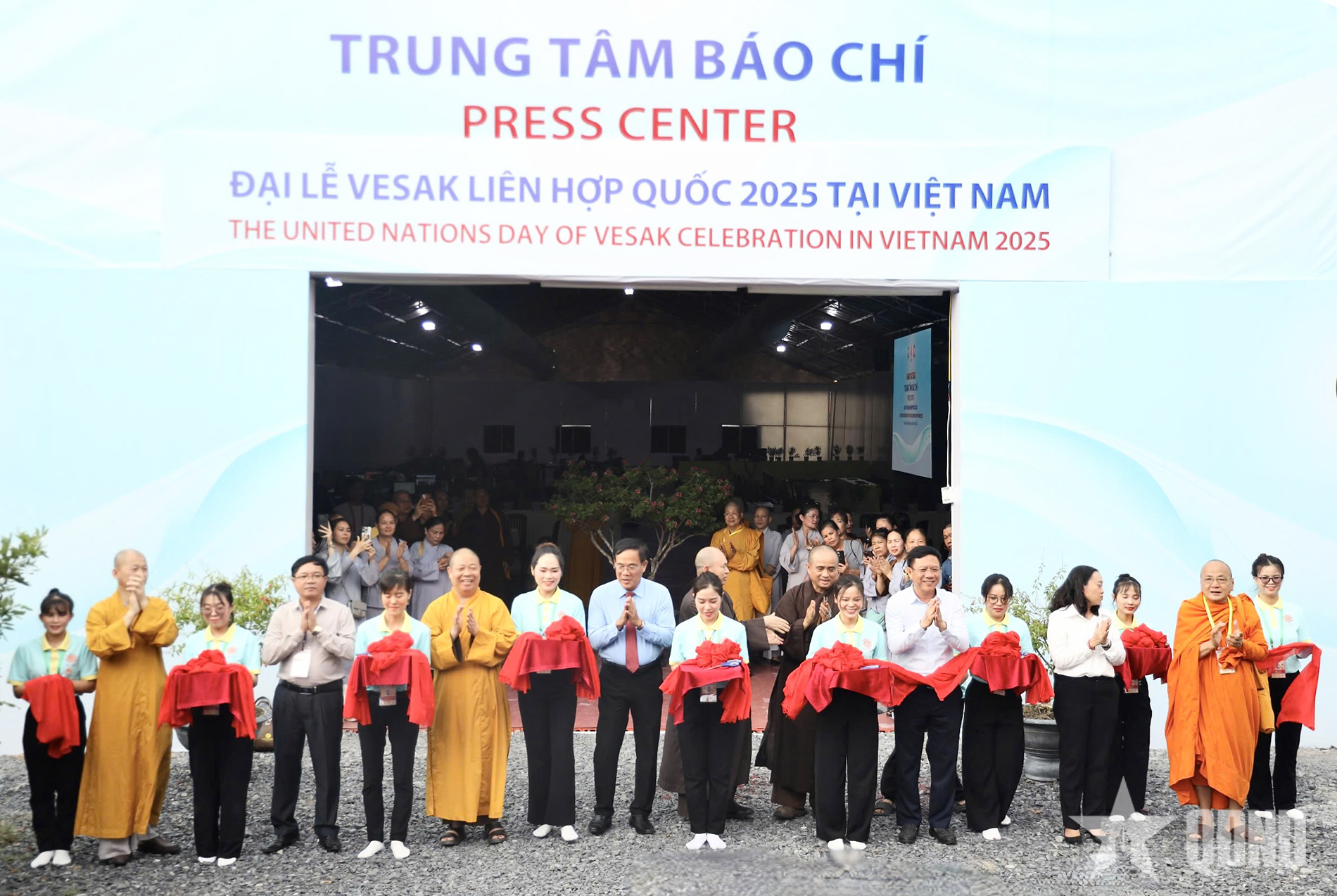

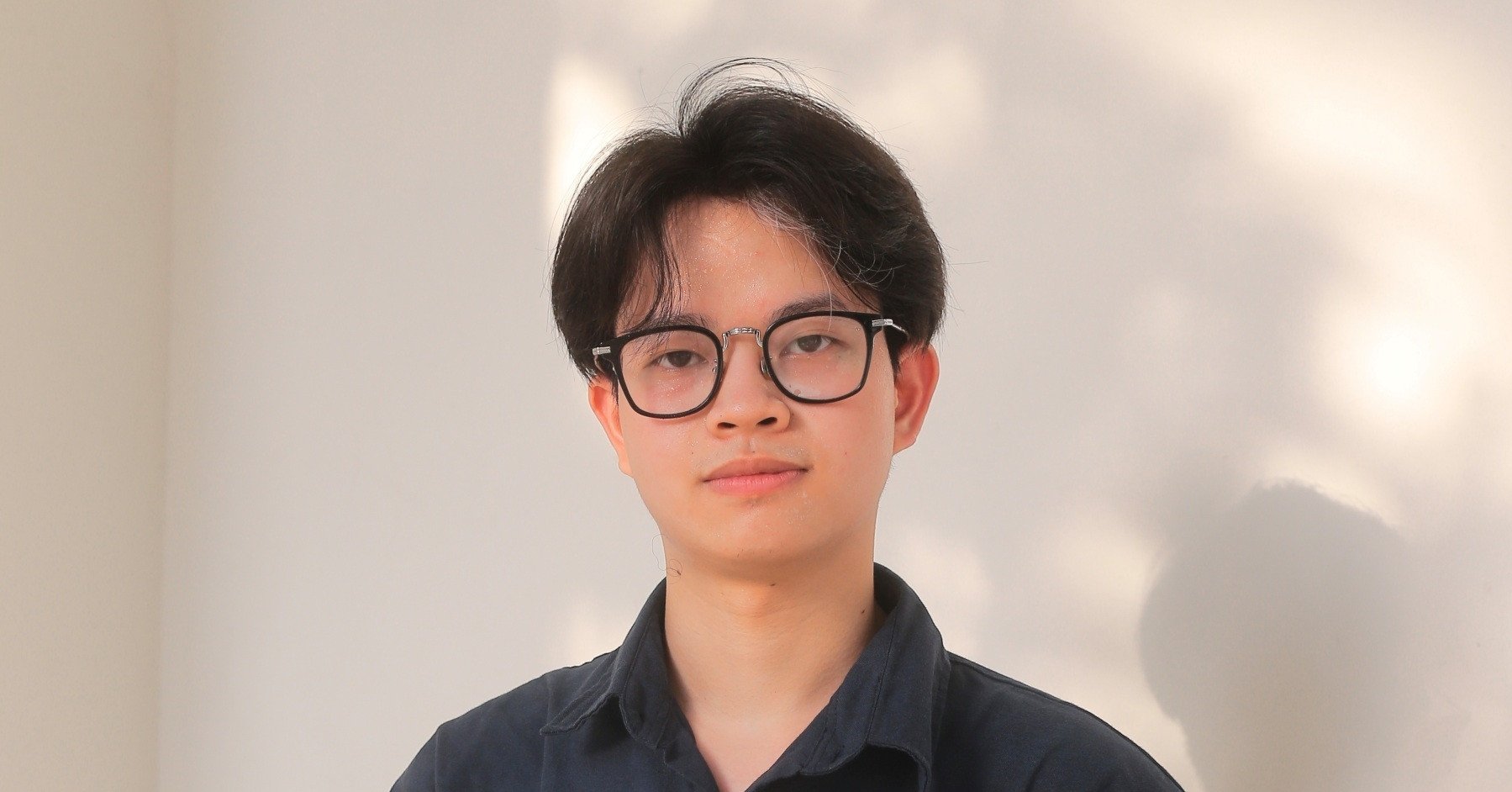
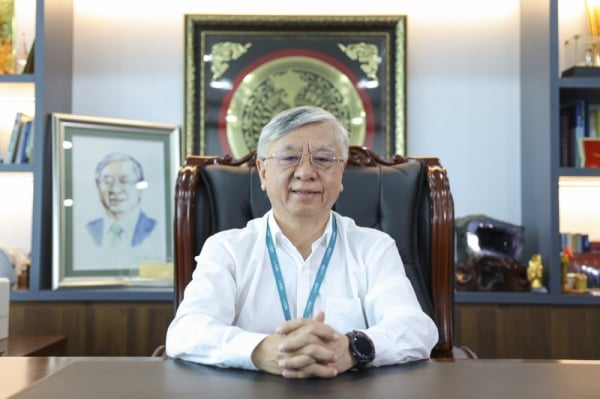

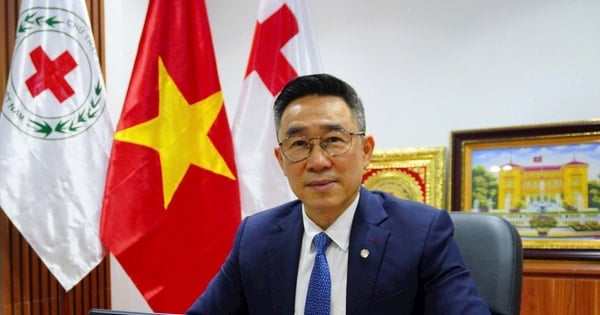




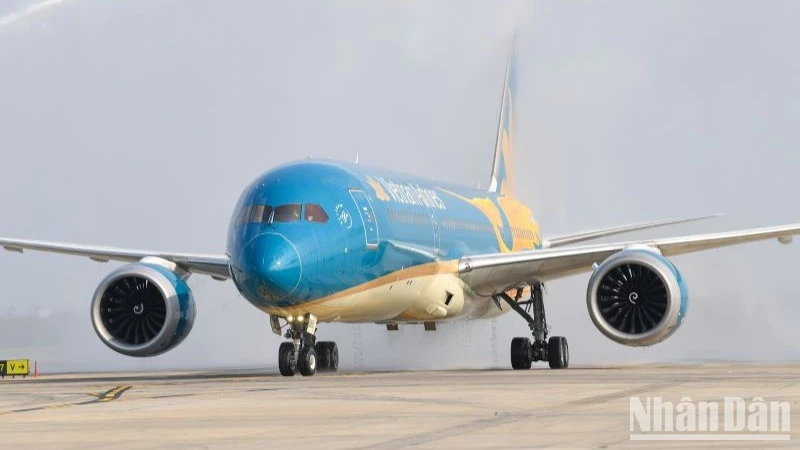
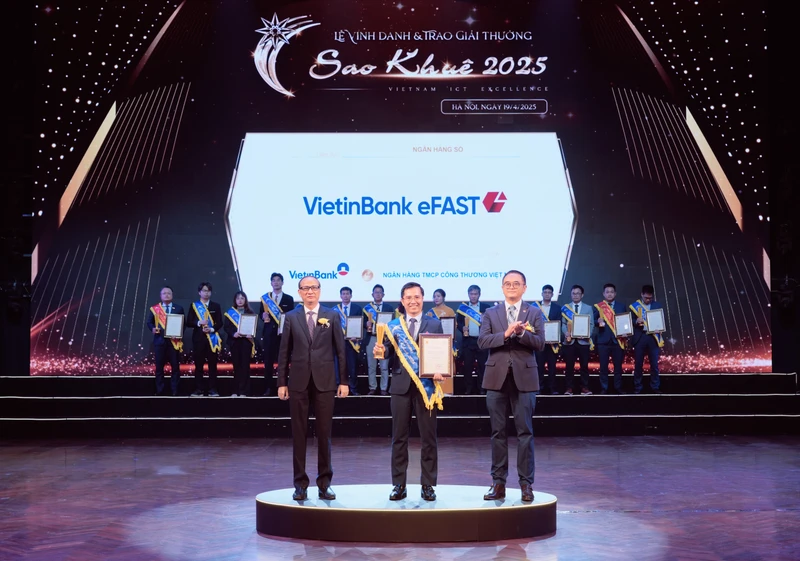




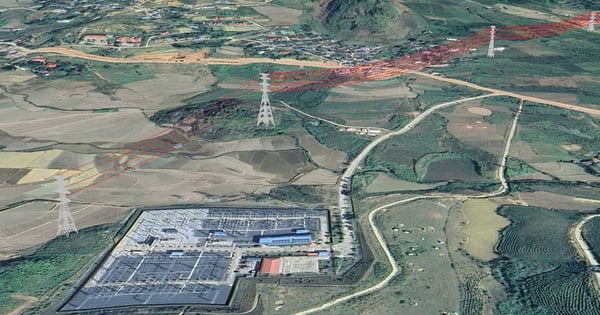
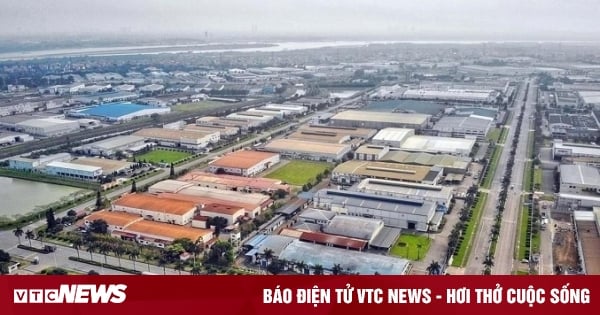

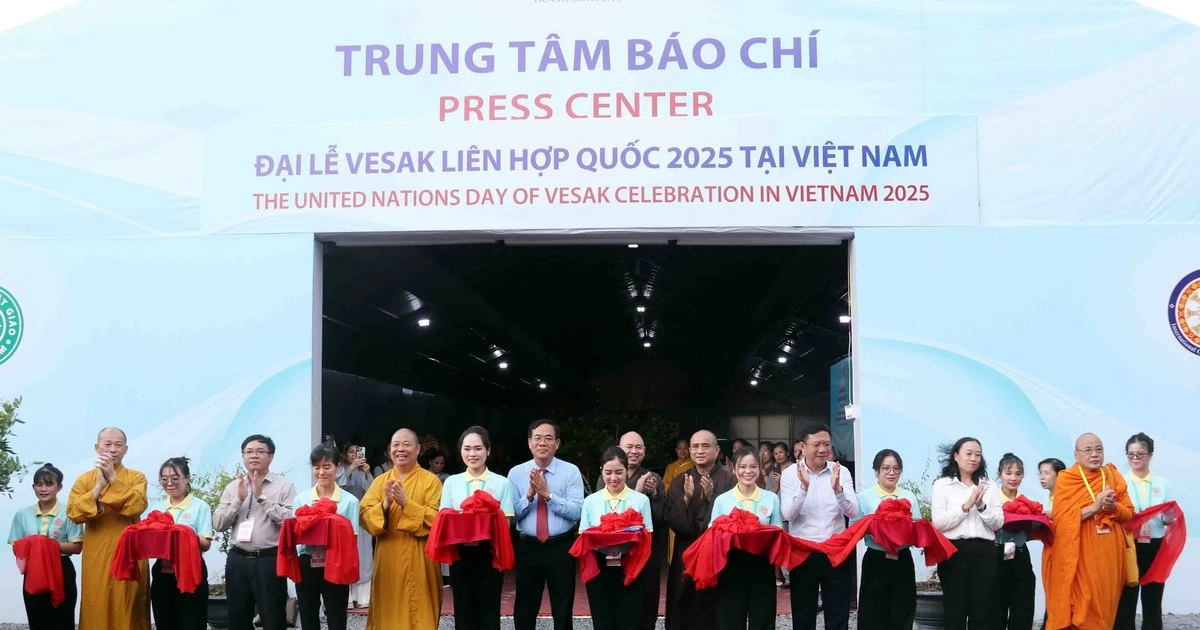
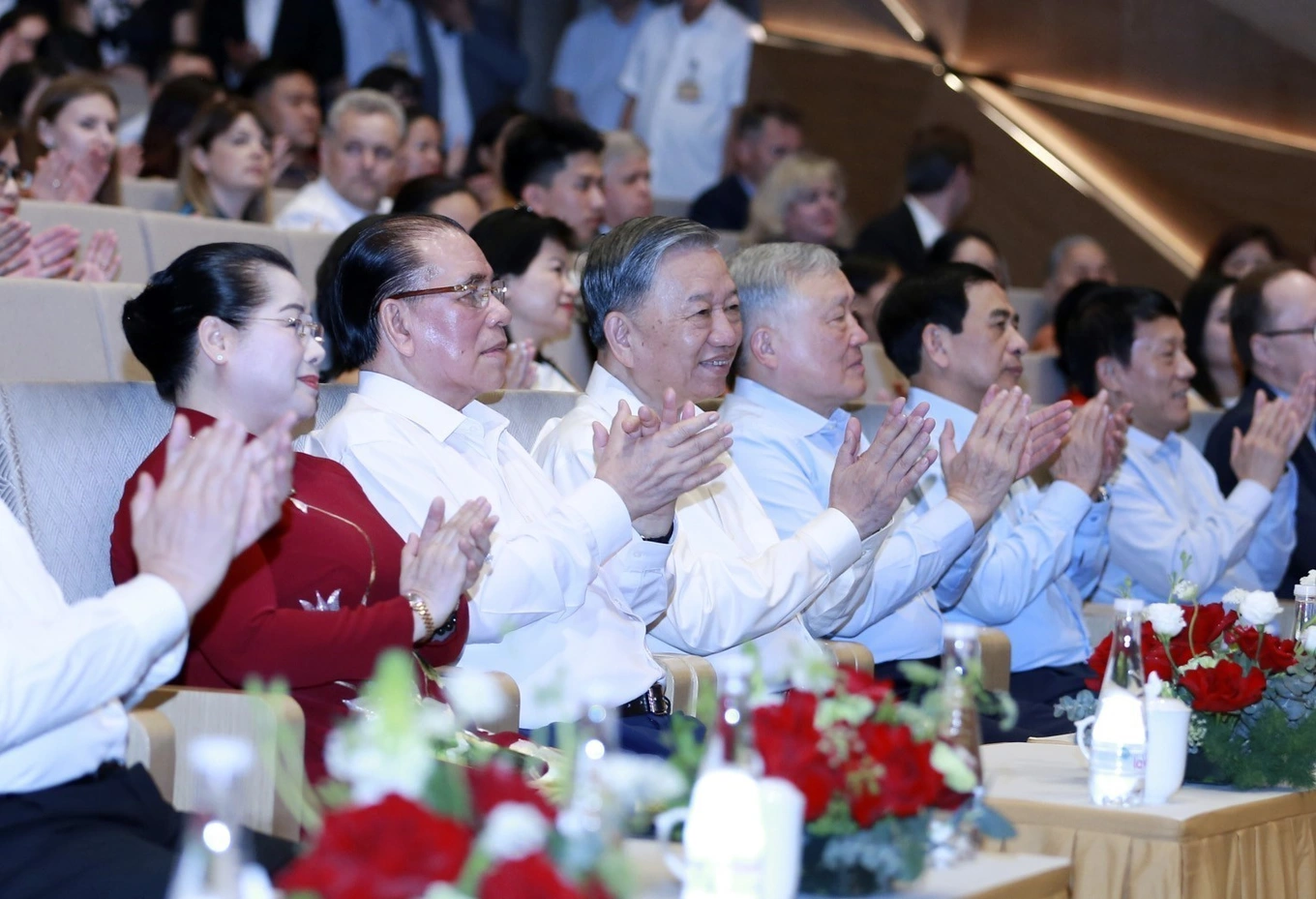
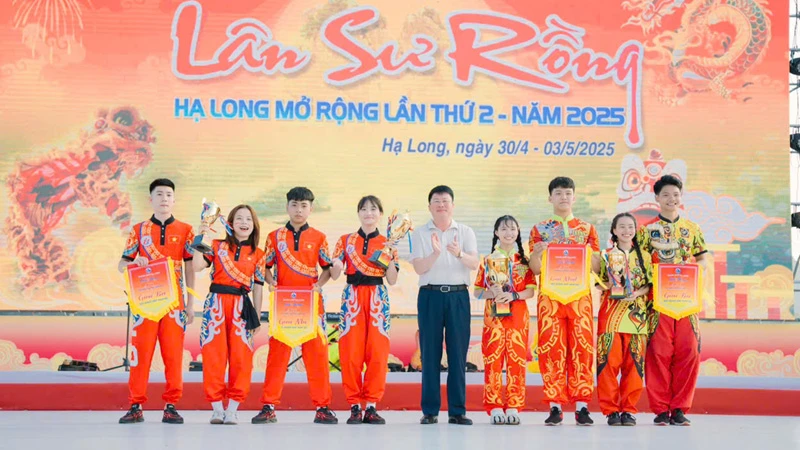

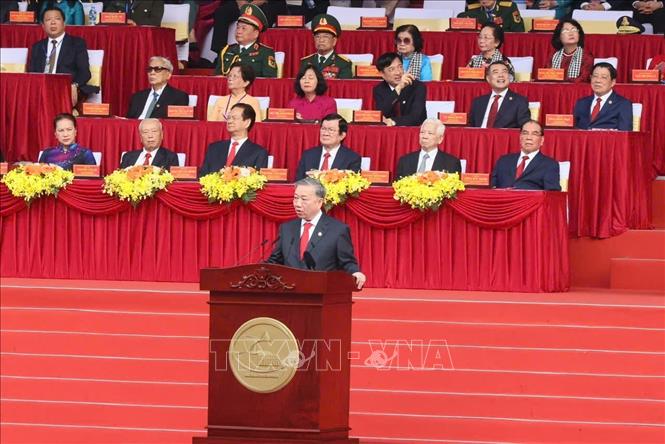

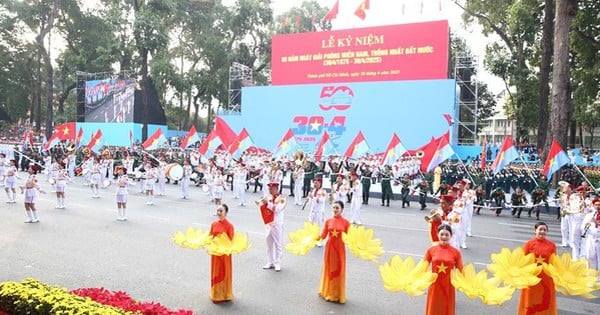

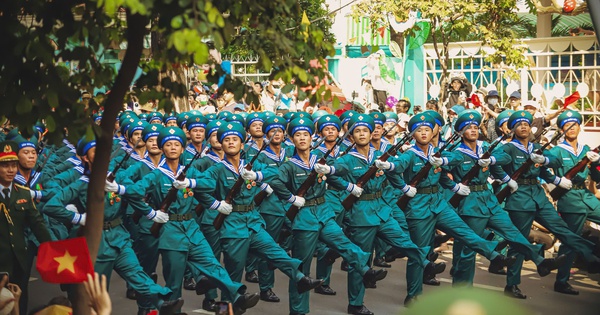
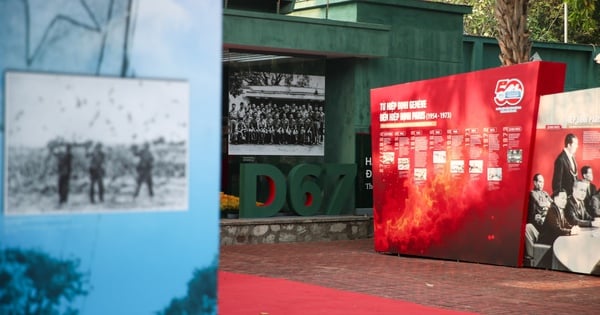
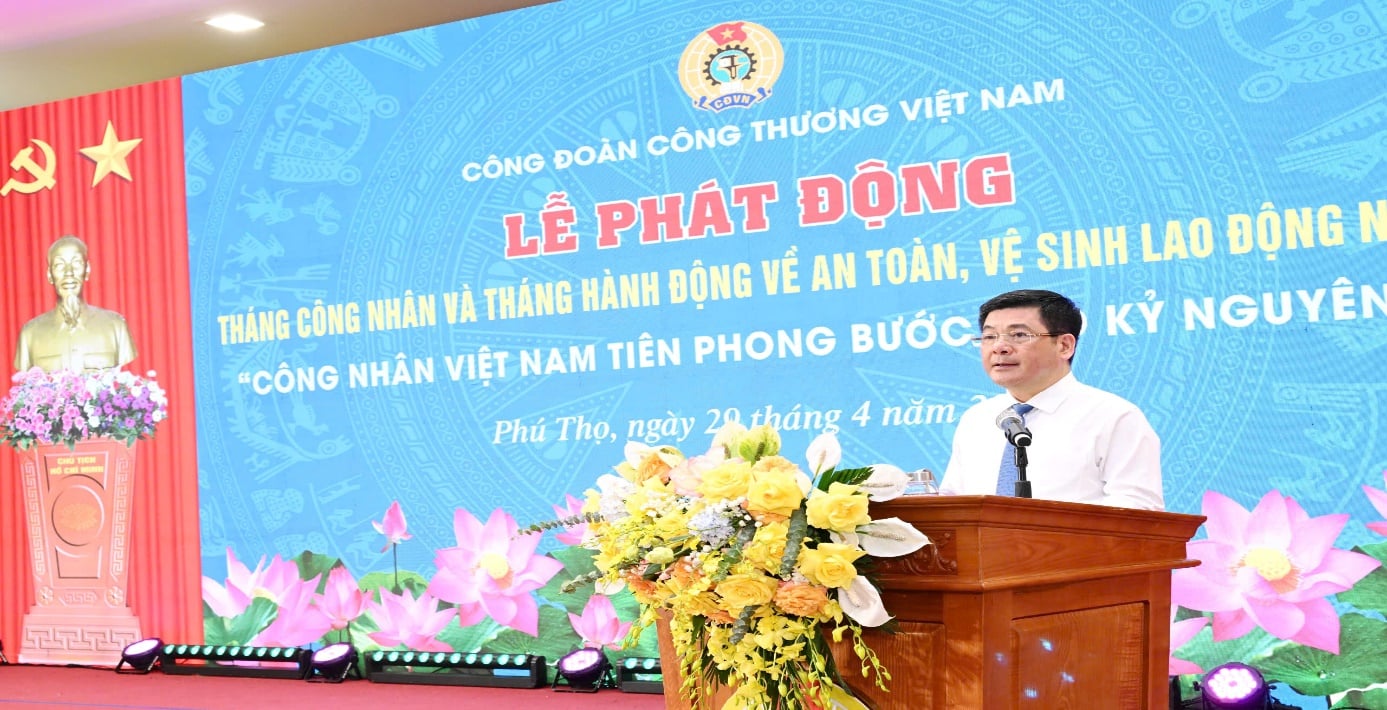


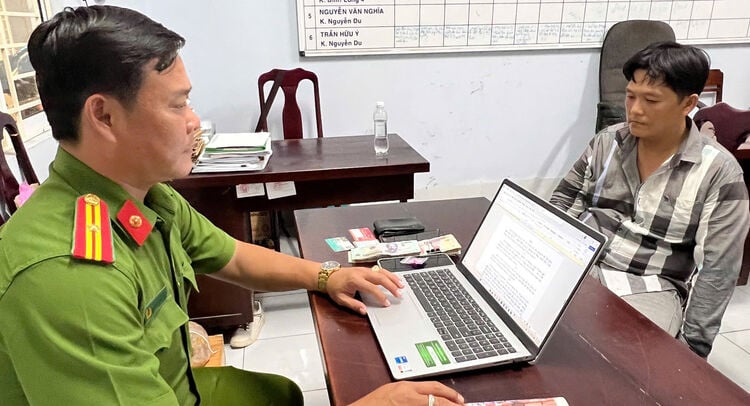

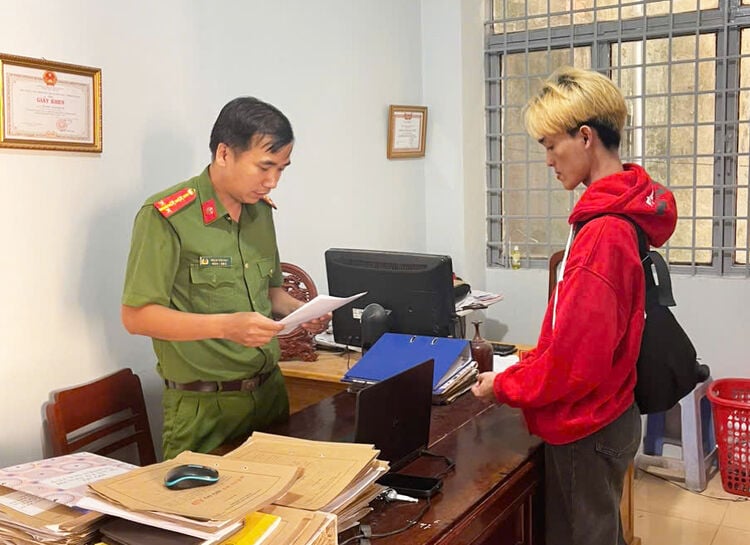




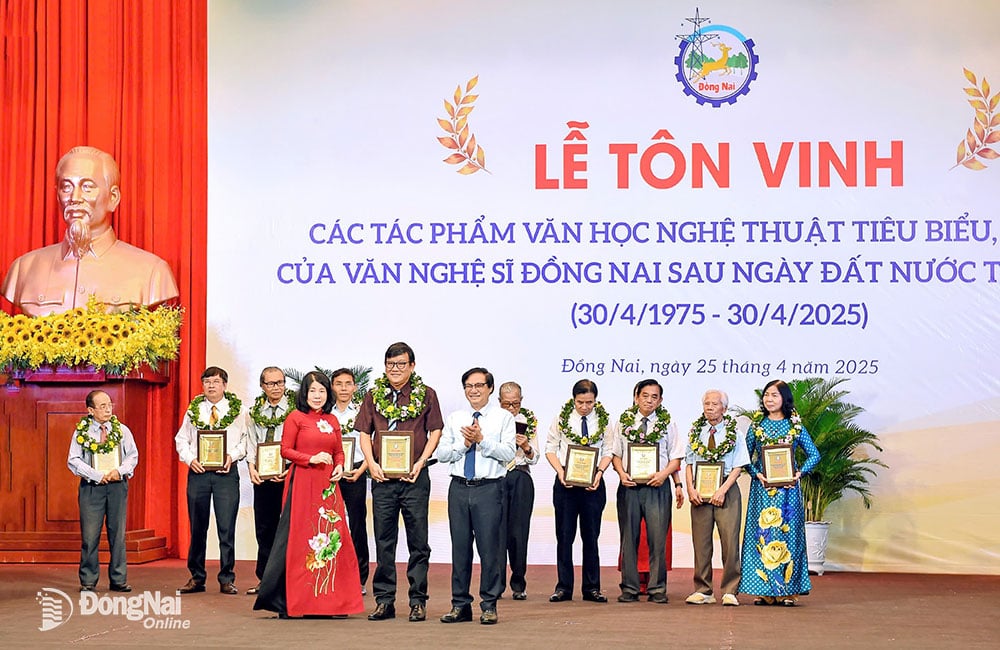




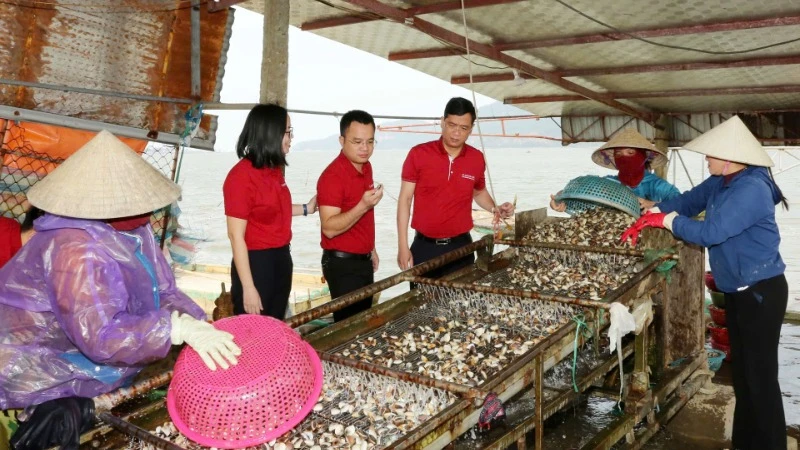
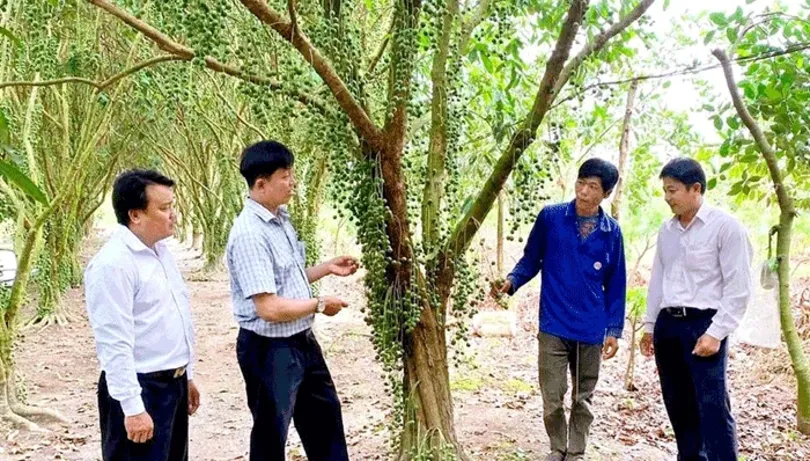


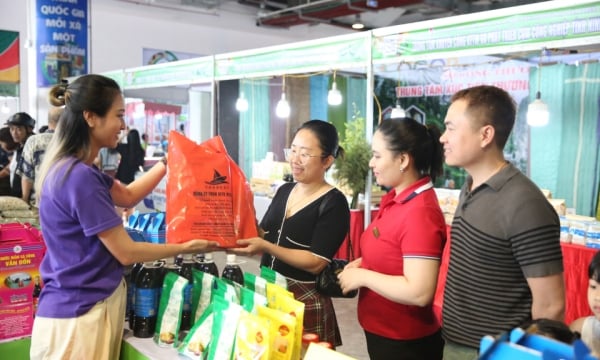
Comment (0)